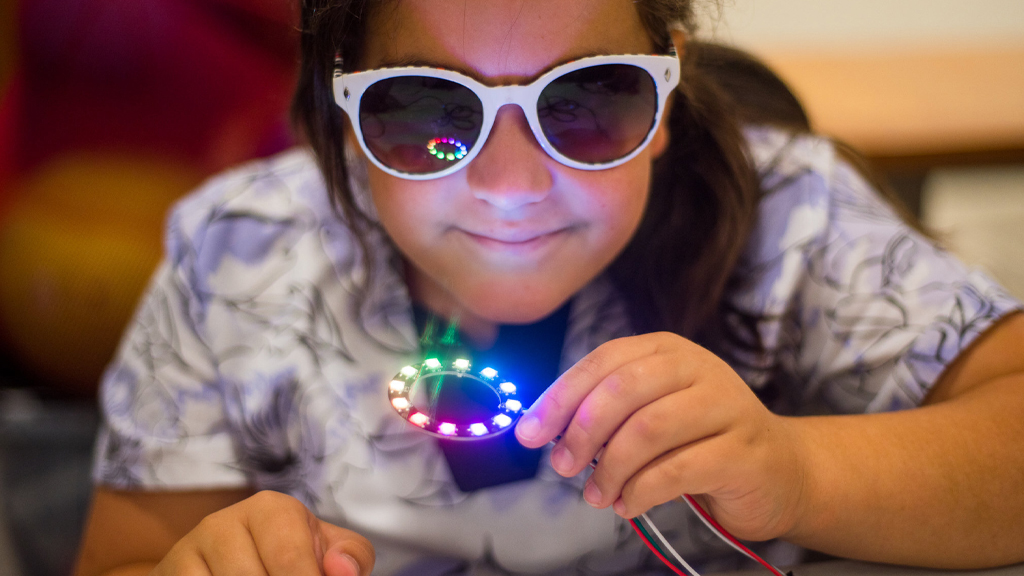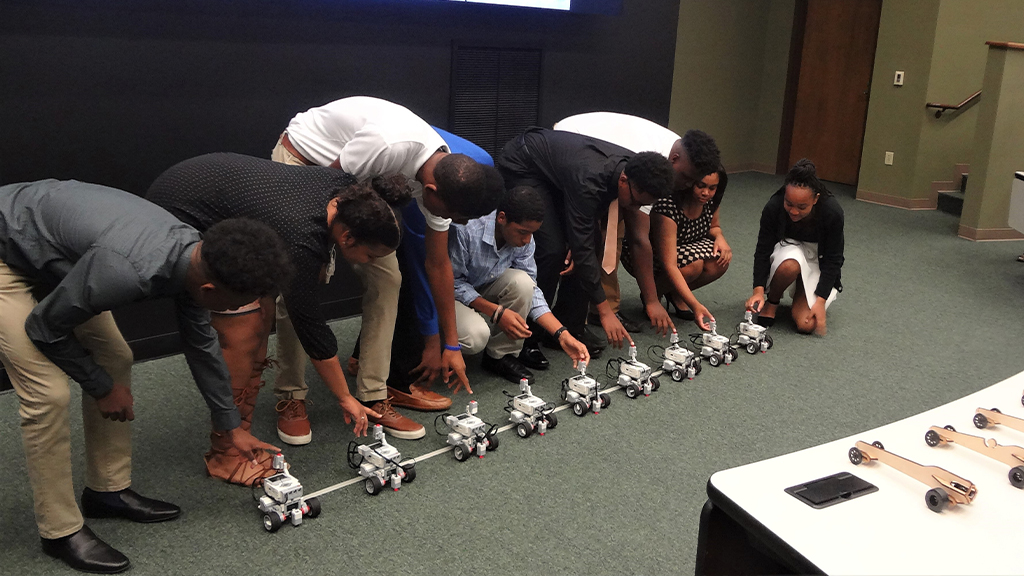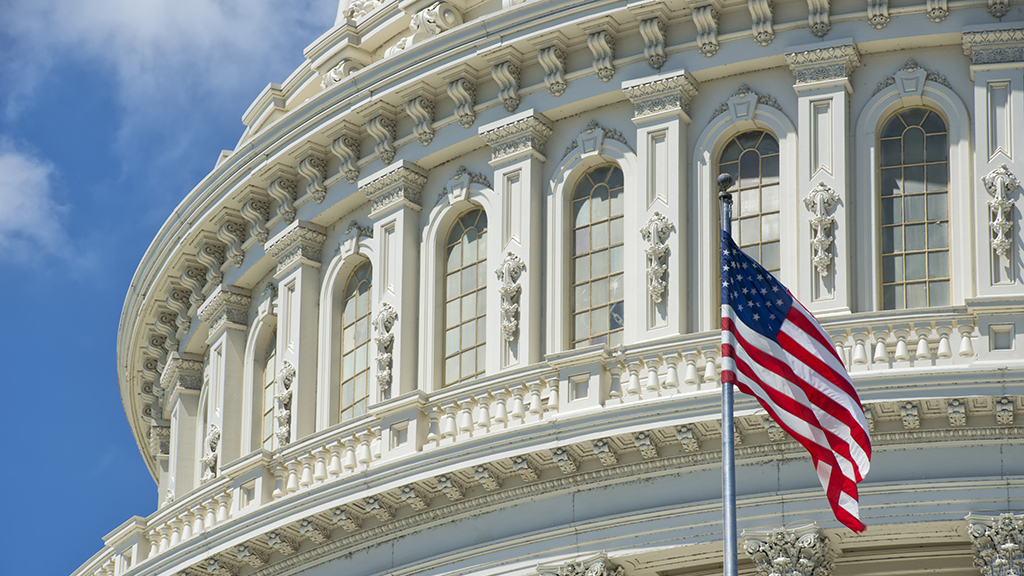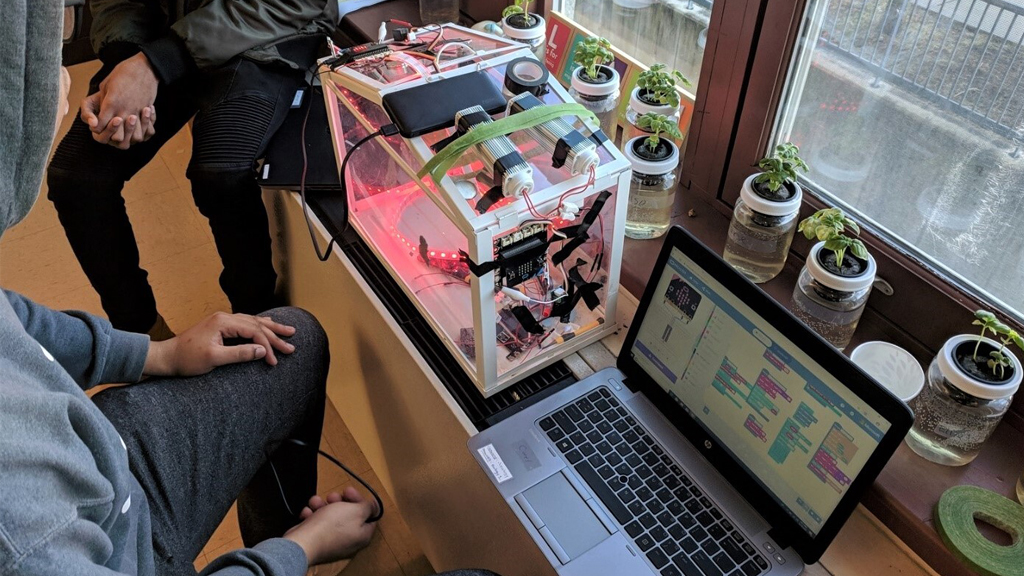Archive: Science Update: Our Universe through Sight, Sound & Touch, September 23, 2021
Information of our Universe doesn't have to be just a two-dimensional snap shot. We can transform these data to be able to listen, feel, or (virtually) move through cosmic objects. Listen to the debris from an exploded star, walk through the core of our Milky Way in virtual reality, feel vibrations of a stellar nursery, and experience our universe anew.
We invite you to register for upcoming web seminars at NSTA.
Information of our Universe doesn't have to be just a two-dimensional snap shot. We can transform these data to be able to listen, feel, or (virtually) move through cosmic objects. Listen to the debris from an exploded star, walk through the core of our Milky Way in virtual reality, feel vibrations of a stellar nursery, and experience our universe anew.
We invite you to register for upcoming web seminars at NSTA.
Information of our Universe doesn't have to be just a two-dimensional snap shot. We can transform these data to be able to listen, feel, or (virtually) move through cosmic objects. Listen to the debris from an exploded star, walk through the core of our Milky Way in virtual reality, feel vibrations of a stellar nursery, and experience our universe anew.
We invite you to register for upcoming web seminars at NSTA.
Information of our Universe doesn't have to be just a two-dimensional snap shot. We can transform these data to be able to listen, feel, or (virtually) move through cosmic objects. Listen to the debris from an exploded star, walk through the core of our Milky Way in virtual reality, feel vibrations of a stellar nursery, and experience our universe anew.
We invite you to register for upcoming web seminars at NSTA.







